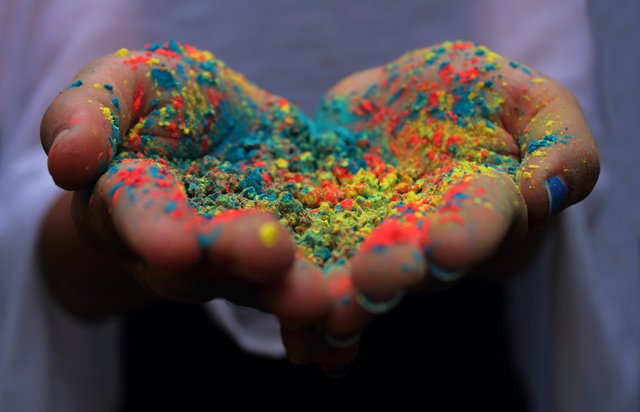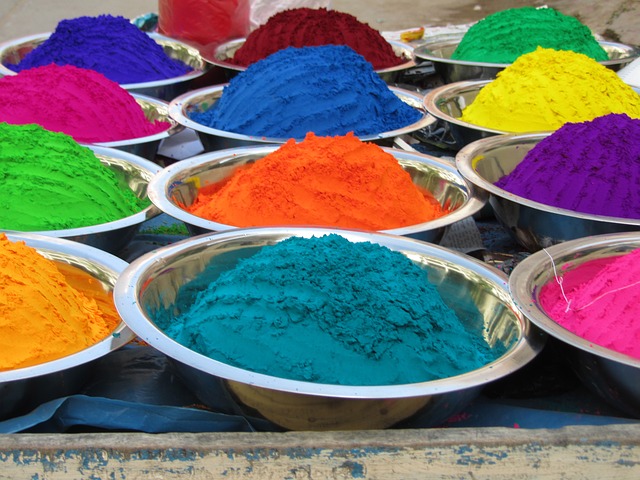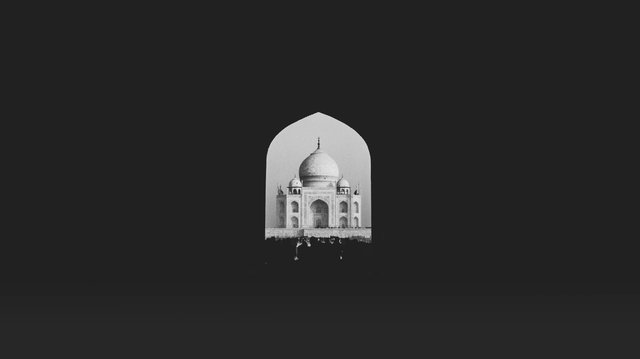The most primitive Miniature paintings in India can be tracked down to the 7th century A.D. Shortly after they first appeared, they came under the wind of the Palas of Bengal and grew with their support and investment.
Thanks for our Article Sponsor – Parking Lot Striping Dallas

Miniature paintings appeared on Buddhist texts and scriptures as a method for illustrating images of Buddhist divinities on 3-inch-wide palm leaf documents. Pala art was distinct by soft colors and graceful lines, reminiscent of the wall paintings in Ajanta.
As for the muse behind the art, Buddhism inspired the new art style in the east, but Jainism inspired the miniature artistic movement in Western India. The practice succeeded in the districts of Rajasthan, Gujarat, and Malwa, from the 12th to 16th century A.D.
In contrast with Buddhism, Jain texts were illustrated using extravagant corporal traits, strong traces, and outrageous colors.
With the arrival of the Persian influences during the 15th century, paper substituted the long-used palm leaves, at the same time that searching and hunting scenes and diverse facial forms began emerging in the paintings, alongside with the use of intense aquamarine blues and golds.
Afterward, in the 16th century, India lived its first powerful period in Indian art history with the apparition of the Mughal style, a union of religion, culture, and tradition. It was somewhat of a mix between the Persian styles and the native Indian art that gave birth to an exceedingly meticulous, vivid art system.

Under Emperor Akbar’s rule, paintings documenting palace life and royalty’s countless achievements became a quite popular features amongst the artists and their benefactors. Later on, Emperor Jahangir’s time in power witnessed the improvement of the art style, along with the enhancement of its charm with the inclusion of numerous elements of nature. European painting practices such as shading and viewpoints were also assimilated within these paintings.
In subsequent years, due to the declined sponsorship for the period of Emperor Aurangzeb’s reign, several artists skillful in Mughal Miniature Art traveled to new royal courts.
Then, Rajput miniature painting was established during the 17th and developed itself. Today it is what we know as Rajasthan miniature painting.
Contrasting with Mughal miniature art, which gave a picture of royal life, Rajasthani miniatures focused on the love stories of Lord Krishna, and the mythical literature of Ramayana and Mahabharata. Their stories were fashioned as texts and decorations on the walls of the Havelis and fortresses.
Many different schools of Rajasthani miniature art were instituted, like the schools of Malwa, Mewar, Marwar, Bundi-Kota, Kishangarh and Amber. And one more art style that progressed under the aid of the Rajputs, was the Pahari style in the mountain provinces in the middle of Jammu and Himachal Pradesh.
The Pahari school developed as an adaptation of Mughal miniature art and Vaishnavite stories and there are various schools dedicated to it, amongst them the Basohli style, the Kangra style, Guler, and Kulu-Mandi. All of them possess their own characteristic features to make each reach prove the Pahari art uniqueness.
Thanks for stopping by. We hope you found the article informative and actionable. Contact us with any questions or to submit a suggestion or tip. If we end up using one on our site we will give you full credit. Does your business need Dallas Parking Lot Striping? Visit our sponsor so we can continue to bring you valuable content.
